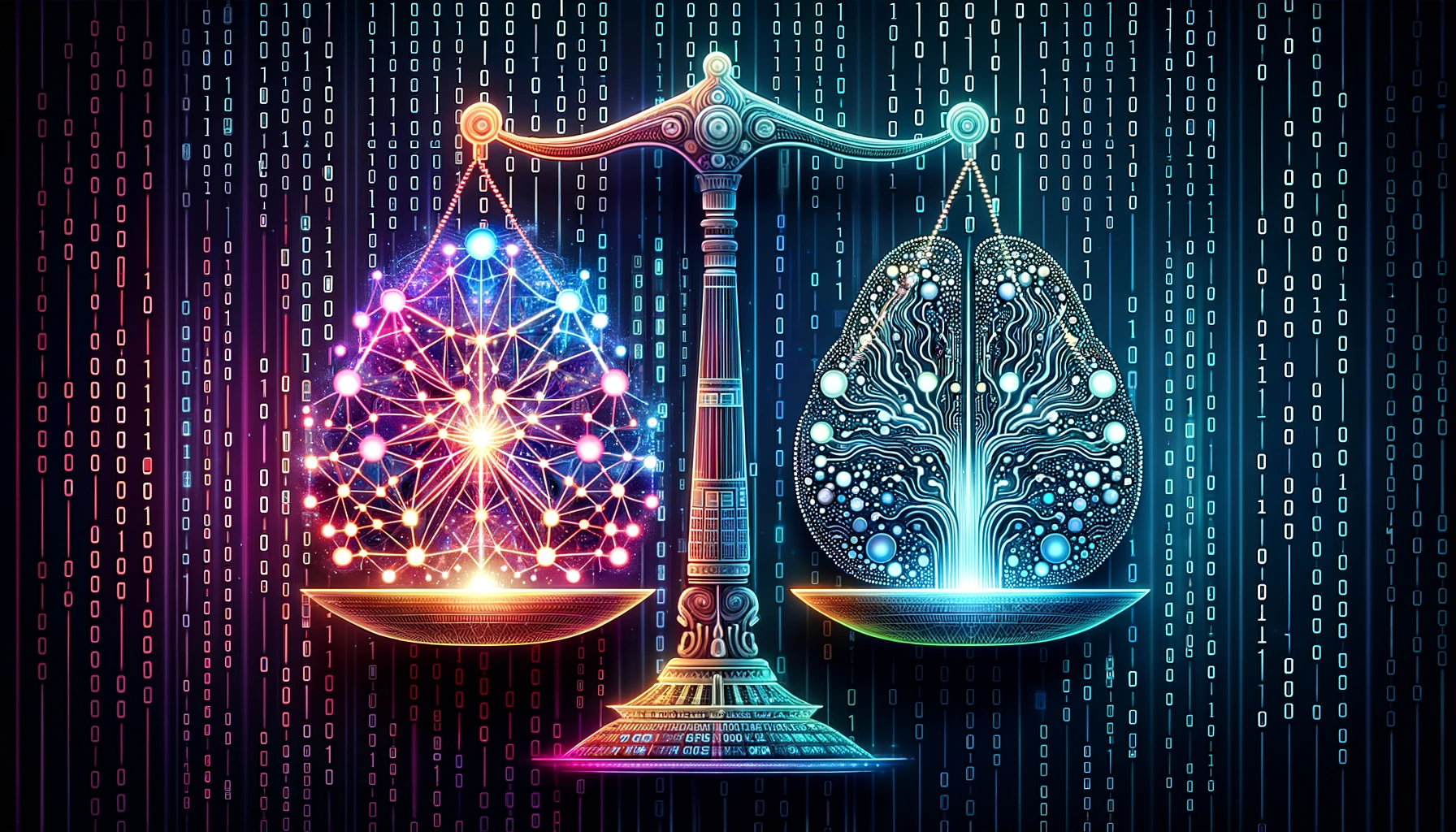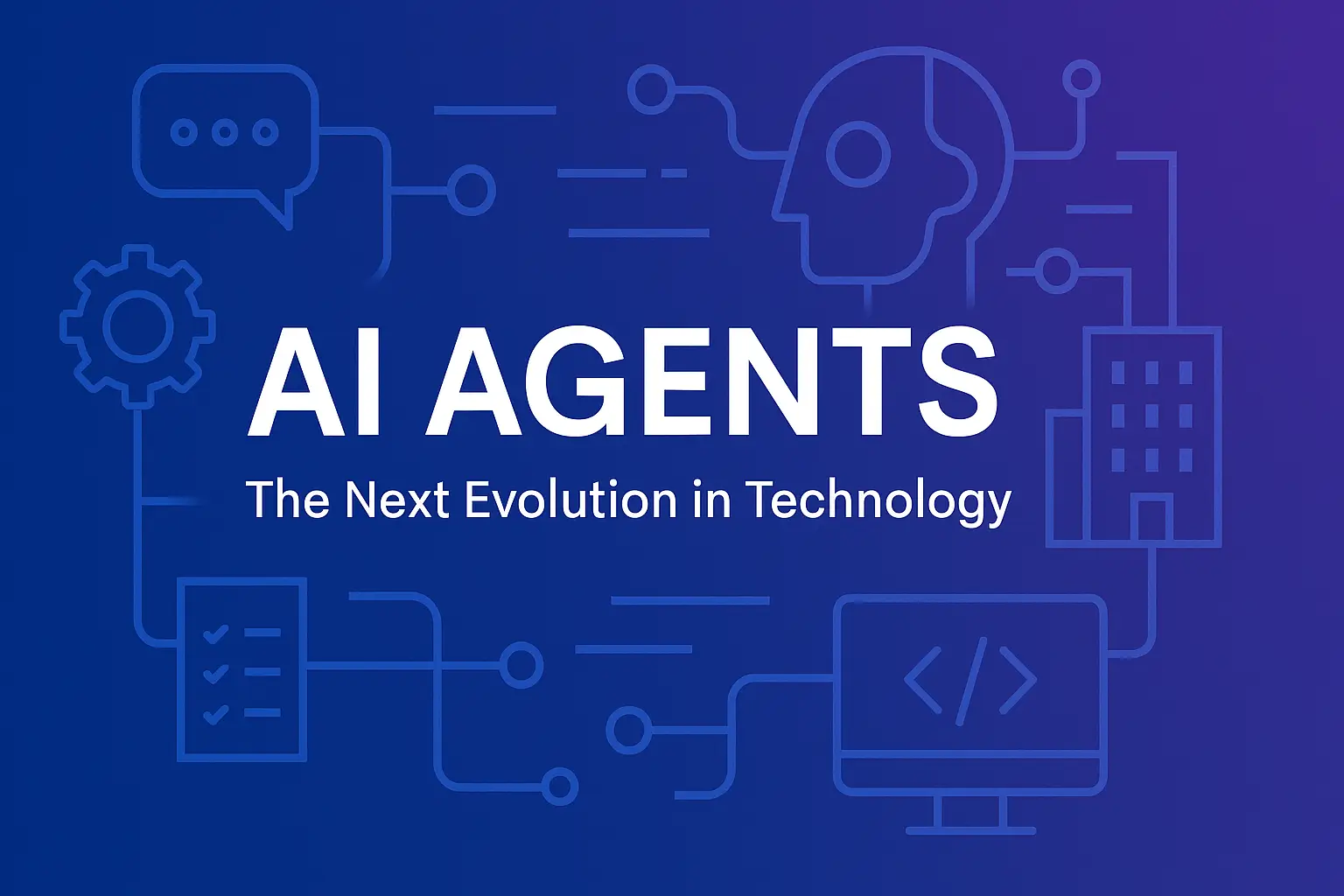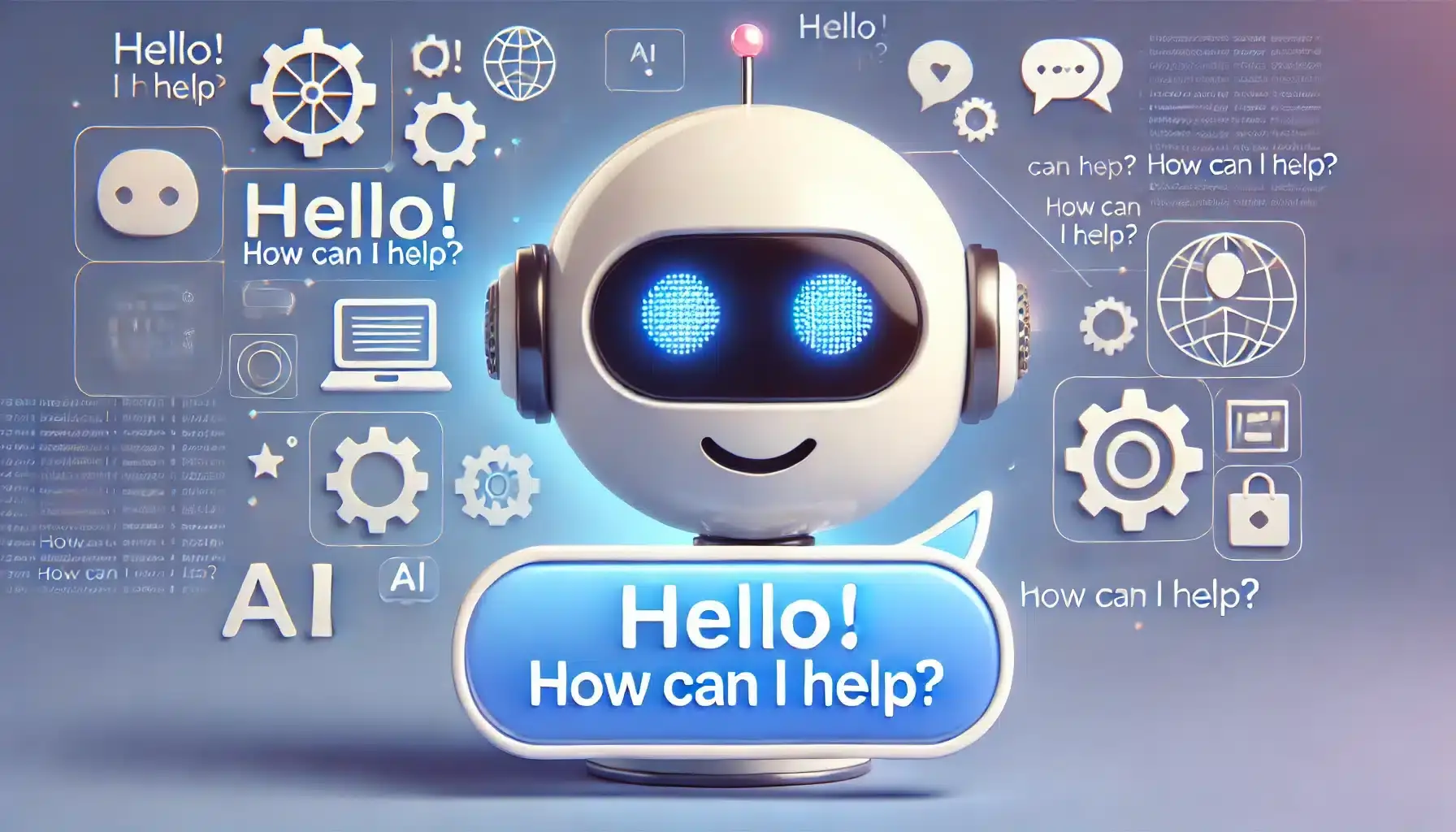In the world of Artificial Intelligence (AI), the terms “machine learning” and “deep learning” are often used interchangeably, but they’re not the same. Understanding the differences is crucial for anyone in tech, data science, or related fields. In this guide, we’re breaking down the essentials of both to help you choose the right approach for your next big project.
Why the Confusion?
With advancements in technology, the lines between machine learning and deep learning are increasingly blurred, leading to confusion even among industry professionals.
What is Machine Learning?
Definition
Machine learning is a subset of AI that focuses on algorithms, allowing systems to learn from data and make data-driven decisions.
The Mechanics of Machine Learning
The fundamental goal of machine learning is to generalize from a dataset. In other words, machine learning algorithms use statistics to find patterns in data and make predictions or decisions.
Types of Machine Learning
- Supervised Learning: Uses labeled data to make predictions. Applications include spam filters and customer segmentation.
- Unsupervised Learning: Unlabeled data is used to find structure, such as clustering customers by behavior.
- Reinforcement Learning: The algorithm learns from trial and error, ideally to accomplish a defined goal.
Applications
- Financial Modeling: Stock market forecasting and algorithmic trading are increasingly dependent on machine learning technologies.
- Healthcare: Machine learning algorithms can help in predictive analytics and personalized medicine.
- Customer Service: Chatbots and automated support systems often employ machine learning to improve user experience.
Challenges and Pitfalls
- Overfitting: The model learns the training data too well, including its noise and outliers, which affects its ability to generalize to new data.
- Underfitting: The model is too simple to capture the underlying trend in the data.
What is Deep Learning?
Definition
Deep learning is a specialized subset of machine learning. It mimics the workings of the human brain to process data, creating patterns for decision-making.
The Mechanics of Deep Learning
Deep learning uses neural networks with three or more layers. These neural networks strive to simulate the behavior of the human brain—albeit far from matching its ability—allowing it to “learn” from large amounts of data.
Types of Neural Networks
- Convolutional Neural Networks (CNNs): Ideal for image and video recognition.
- Recurrent Neural Networks (RNNs): Suitable for sequence prediction like time series analysis.
- Generative Adversarial Networks (GANs): Good for generating new data that resembles a given dataset.
Applications
- Computer Vision: Object and action recognition in videos and images.
- Natural Language Processing: Deep learning powers real-time translation tools and chatbots that understand natural language.
- Game Playing: From chess to Go, deep learning algorithms are used to create machines that can beat even the most skilled humans.
Challenges and Pitfalls
- Requires large data: Unlike machine learning, deep learning needs a large amount of data to provide accurate results.
- Computational Intensity: Requires powerful GPUs and can be much slower to train than other machine learning models.
Key Differences
- Data Requirements: Deep learning algorithms require much more data than traditional machine learning algorithms.
- Computational Power: Deep learning often demands more computational power, particularly during training.
- Interpretability: Machine learning models are generally easier to interpret than deep learning models, which is crucial for industries that require explainability.
- Feature Engineering: Deep learning algorithms are good at automatic feature extraction from raw data, while machine learning often requires manual feature extraction.
Conclusion
Understanding the nuances between machine learning and deep learning is crucial for deciding the appropriate technology for your project. While machine learning provides a powerful toolset for many applications, deep learning is breaking new ground in areas where the prediction models need to be extremely accurate.




